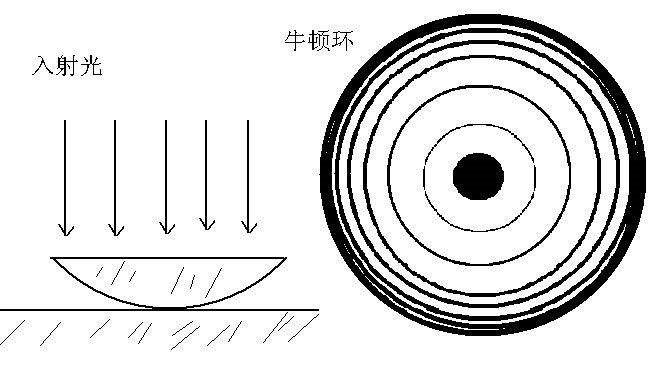The so-called interferometrics refers to the method of measuring the specific physical quantity by the effect of optical interference, that is, by observing the change of the interference fringes, the characteristics of the object to be tested are measured.

Interferometry is based on the principle of interference of light to design and use optical interferometers or interferometric devices for precision measurement.
In 1892, Michelson used the Michelson interferometer to express the length of the standard meter as the wavelength of the cadmium red line. In 1960, the International Bureau of Weights and Measures specified the wavelength of the light wave radiated by the Kr atom from the 2p to 5d energy level as the reference for the length. It is the official beginning of the application of light interference to measure and compare length. The advent of lasers provides a high-brightness, coherent monochromatic source that greatly improves the performance of classical interferometers and facilitates the emergence of new interferometers. The range of interferometric measurements is very broad and highly accurate. For example, it can be used to precisely measure the wavelength of light, measure tiny distances, thicknesses and angles, study the hyperfine structure of the spectral line, accurately measure the refractive index and its changes, and measure the diameter of the star and the distance between the stars. The holographic interferometer can also be used to detect information on changes in the surface of an object, and even to study the growth process of a living organism.